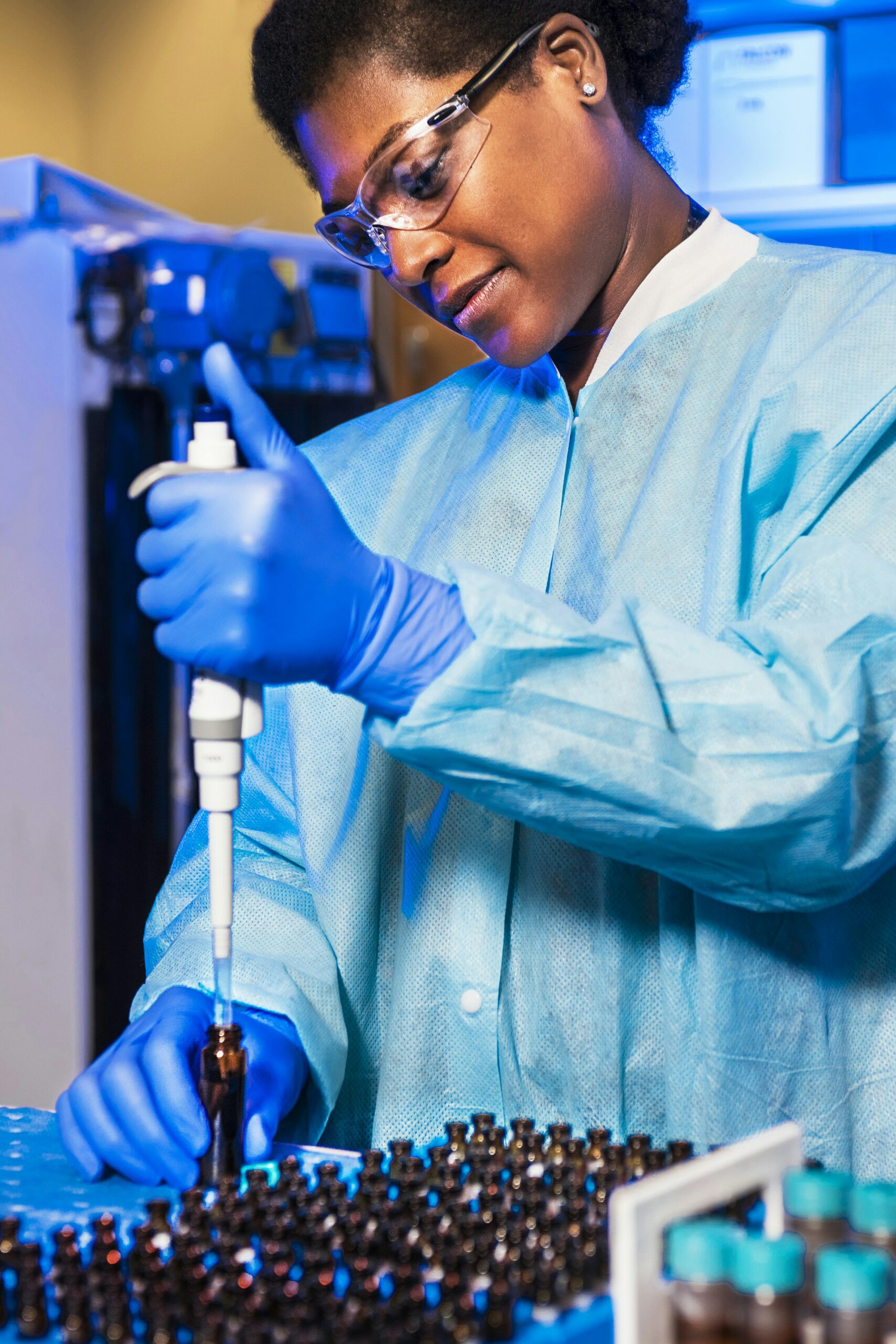Are you interested in exploring collaboration possibilities?
Enter your information in the form and a representative will contact you shortly.
Joint Tissue Remodeling: Joint and Connective Tissue Disorder Profiling
March 1, 2022
Joint and Connective Tissue Disorder Profiling
According to conservative estimates, nearly 26% of all adults in the United States are expected to have at least one form of arthritis by 2040. The tissues of the joints are composed primarily of collagens.
Collagens are remodeled as part of the normal homeostasis of the joint – that is, collagens are broken down and rebuilt as part of the repair and maintenance mechanisms of the tissue.
When this balance is disrupted, there is a net breakdown of joint tissue. Learn more how Protein Fingerprint biomarkers can quantify this tissue turnover directly in a serum sample.




